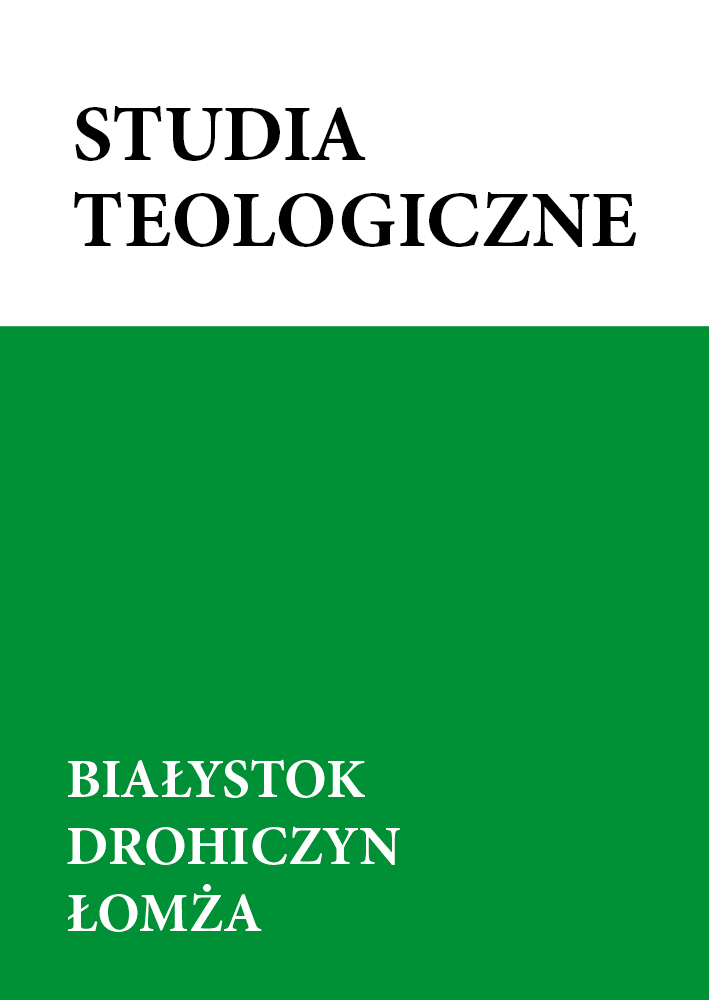Działalność bractw religijnych przy parafii Wniebowzięcia Najświętszej Maryi Panny w Węgrowie w latach 1631-1795
Activity of Religious Confraternities Acting at the Assumption of the Blessed Virgin Mary Parish in Węgrów between 1631 and 1795
Author(s): Krzysztof PogorzelskiSubject(s): History of Church(es), 17th Century, 18th Century
Published by: Kuria Metropolitalna Białostocka
Summary/Abstract: This article presents activity of religious confraternities acting at the Assumption of the Blessed Virgin Mary parish in Węgrów between 1631 and 1795 year. Religious confraternities of people, usually laymen, which were established or approved by church authorities and had their own statutes, internal structure, as well as specified objective and means of its performance. Their primary objective was spreading and developing the cult of selected saints, deepening religiosity of brethren and charity towards the poor. Each confraternity bore an invocation determining its name. The St. Anne’s Confraternity, which was introduced in the day of its patron saint 26 July 1631, was of the oldest origin. The second confraternity acting at the parish of Węgrów was the Confraternity of the Holy Trinity. It was introduced at the Feast of the Assumption of the Blessed Virgin Mary (15th August) 1714 by Aleksander Benedykt Wyhowski, the Bishop of Łuck. The patron of this confraternity was Jan Reisner, royal painter, architect and surveyor, who provided it before his death with a sum 5000 Polish złotys. Religious practices took priority over the varied activities of the confraternity in Wegrów. This was due to the corporation statuses, in which the thought of eschatology was present in all the brethren’s endeavours. In the field of religion they were avant-gardes, through which the intensification of not only the confraters themselves took place, but also of the not-associated part of the Wegrów society. The common participation in ceremonies and masses, prayers and social meetings, numerous indulgences and privileges, presence of many mourners at funerals, prayers for the deceased members, comprehensive care and financial assistance became a magnet attracting a lot of members to the brethrens. The charity activities performed by the confraternities were also significant. In the face of frequent wars and pacifications in 17th and 18th centuries, endless epidemic, fire and flood disasters posed a major challenge to the brethrens. The range of their activities comprised financial assistance in the form of loans, benefits for poor confraters, visiting and supporting the sick confraters in the parish hospital and providing the poor deceased with a Christian funeral. Thus, the brethrens played a special part in the life of the Węgrów parish, for not only did they integrate the believers from different layers of society, but also served all who were in need with assistance. The range of these activities started with teaching the basic principles of the Catholic faith and did not end with Christian inhumation, as it continued in the masses and prayers performed to ensure the never-ending life of a deceased confraternity member.
Journal: Studia Teologiczne Białystok Drohiczyn Łomża
- Issue Year: 27/2009
- Issue No: 1
- Page Range: 271-299
- Page Count: 29
- Language: Polish

